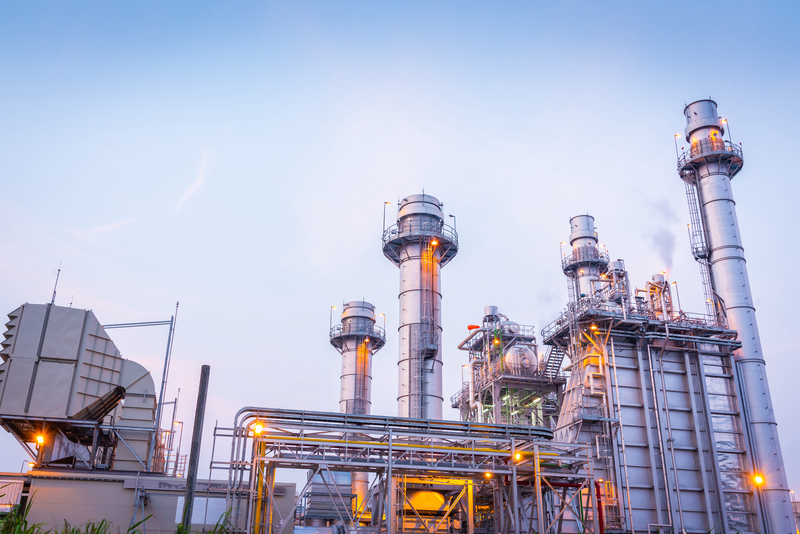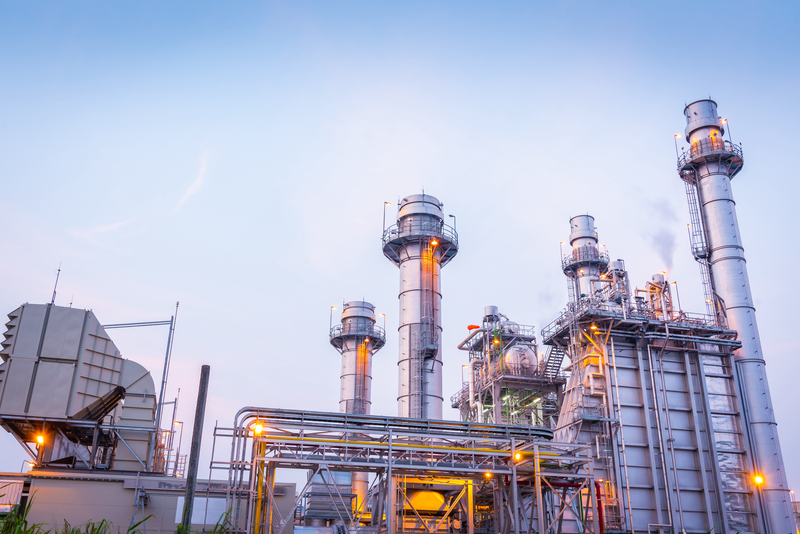Avoiding Instabilities in Hydrogen-Spiked Flames
The greenhouse-gas emissions of gas-fired power plants can be reduced if their fuel includes some hydrogen, but such mixtures raise concerns over flame instabilities that could damage plant equipment. New experiments have explored the onset of so-called thermoacoustic instabilities in flames fed with natural-gas fuel spiked with hydrogen [1]. The measurements reveal various ways in which these instabilities can propagate in a commonly used ring-shaped combustor. Engineers can use the information as they develop plans for next-generation power plants and jet engines.
Thermoacoustic instabilities can arise in a combustor—the chamber where pressurized fuel is ignited in a power-plant gas turbine or a jet engine. The instabilities originate from heat fluctuations in the flame. “You can hear these fluctuations in the fluttering of a gas-burner flame,” says Nicholas Worth from the Norwegian University of Science and Technology. The fluctuations create pressure oscillations (sound waves) that can reflect off surrounding equipment and travel back to the flame, causing a modulation in the inflow of fuel that affects the original heat fluctuations. This feedback creates standing pressure waves at various frequencies within the combustor. In some cases, the amplitude of one of these standing waves can grow to a dangerous level.
Manufacturers carefully design their combustors to avoid thermoacoustic instabilities. But those designs are typically specific to a certain type of fuel, which in the case of power plants is natural gas. Recently, there has been interest in reducing carbon dioxide production by adding clean-burning hydrogen to natural gas. The presence of hydrogen will, however, alter the flame properties. Worth and his colleagues have investigated hydrogen’s effect in a lab-based combustor that includes pressure sensors and transparent windows for imaging the flames.
Researchers have previously studied thermoacoustic instabilities in lab-based combustors that typically had only one flame. The combustor in Worth’s lab has a ring shape with 12 separate flame inputs. This annular design, which is similar to those used in commercial combustors, allows pressure oscillations both around the ring (azimuthally) and in the direction of the gas flow (longitudinally). “The configuration we have includes a lot of the relevant physics in real engines,” Worth says.
In the experiments, the fuel was a mixture of hydrogen and natural gas, with about 60–70% hydrogen by volume. Compared to pure natural gas, the researchers observed that the flame size was—as expected—smaller when hydrogen was added. They also saw differences in the pressure response as the amount of fuel injected into the combustor was ramped up. Initially, the amplitude of longitudinal waves grew, signaling the onset of an instability. But as the amount of fuel increased, the instability switched to azimuthal waves. This switching behavior was not observed in trials using pure natural gas.
Worth says the observations could be useful for combustor manufacturers. Current combustors are considered safe for small amounts of hydrogen mixed with natural gas, but less is known about the effects of larger amounts of hydrogen. The new data from Worth and his colleagues could guide engineers developing numerical simulations of combustor dynamics. The researchers are also working on extending their experiments to liquid fuels, as there is an interest in using hydrogen as a replacement for jet fuel to reduce the carbon footprint of aviation.
“Hydrogen-blended gas turbines are attracting much attention owing to their reduced emissions,” says mechanical engineer Minwoo Lee from Hanbat National University in South Korea. But he says that thermoacoustic instabilities are hampering this development. “The results of the researchers’ study provide a profound understanding of the complex dynamics of hydrogen-blended hydrocarbon combustion, opening up possibilities for predicting and evading detrimental instabilities,” Lee says.
–Michael Schirber
Michael Schirber is a Corresponding Editor for Physics Magazine based in Lyon, France.
References
- B. Ahn et al., “Longitudinal and azimuthal thermoacoustic modes in a pressurized annular combustor with bluff-body-stabilized methane-hydrogen flames,” Phys. Rev. Fluids 9, 053907 (2024).






